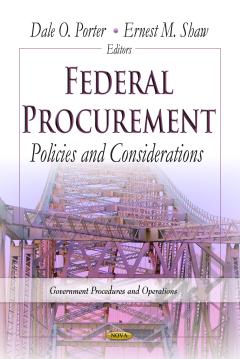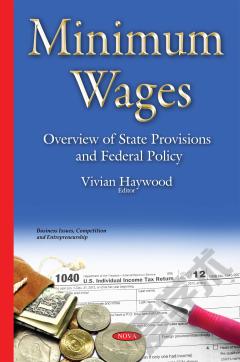Federal Speeches: Policy and Practices
The State of the Union address is a communication between the President and Congress in which the chief executive reports on the current conditions of the United States and provides policy proposals for the upcoming legislative year. Formerly known as the “Annual Message,” the State of the Union address originates in the Constitution. As part of the system of checks and balances, Article II, Section 3, clause 1 mandates that the President “shall from time to time give to the Congress Information of the State of the Union, and recommend to their Consideration such Measures as he shall judge necessary and expedient.” In recent decades, the President has expanded his State of the Union audience, addressing the speech to both the nation and Members of Congress. This book discusses the tradition, function, and policy implications of the State of the Union address. It also discusses special order speeches and other forms of non-legislative debate in the house; one-minute speeches; morning hour debates; and the constitutional background and recent developments of the speech or debate clause.
{{comment.content}}








 京公网安备 11010802027623号
京公网安备 11010802027623号